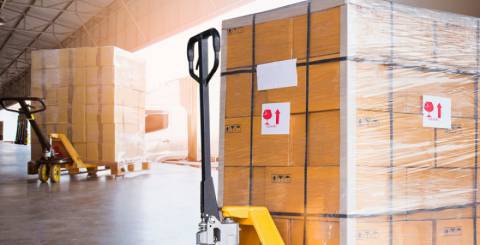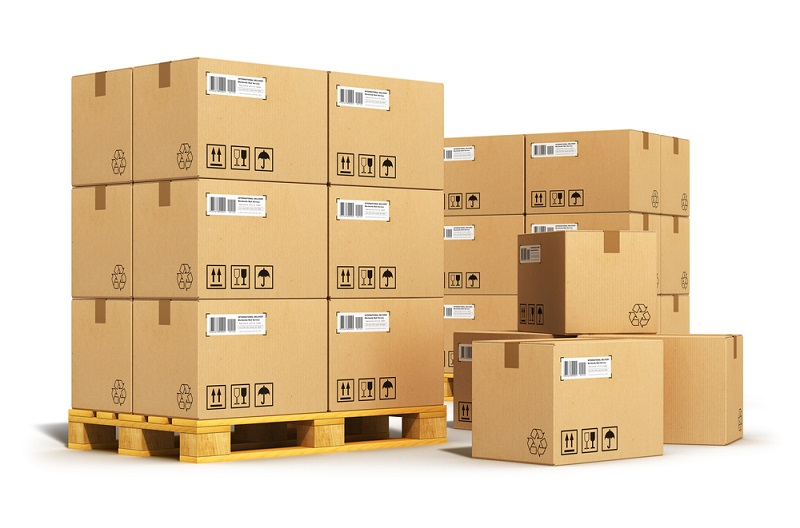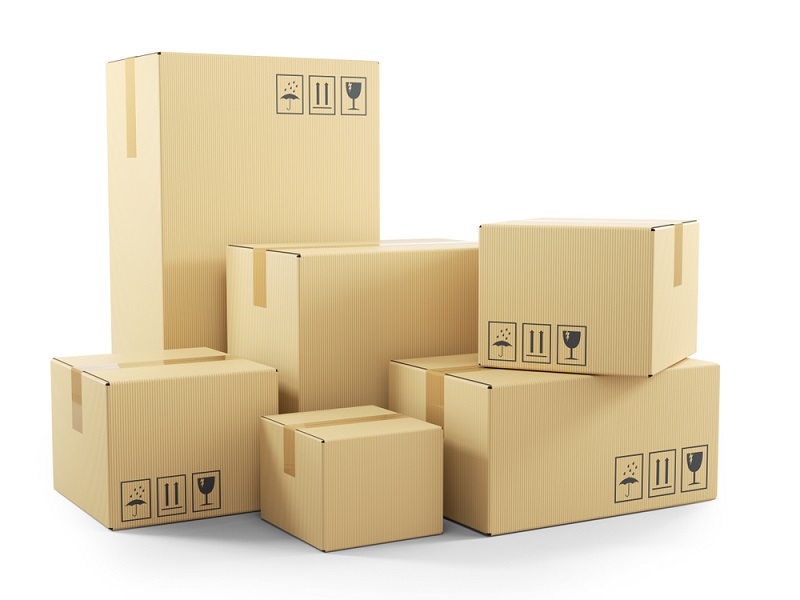Wholesale Packaging in Detail

The packaging is required for all kinds of manufacturing products. Some companies use wooden materials that can easily be reused or recycled while others use recyclable plastic containers and pallets.

Types of Wholesale packaging are as follows:
- Crates and Pallets: Crates and pallets are an essential part of wholesale packaging, and they act as secondary wrapping to keep the actual goods safe until the final delivery. Pallets help maintain the distance between products and the floor as they keep packages raised off of the surface they are sitting and airtight. Thus it helps in keeping the goods in good condition and protects them against dirt and moisture. A pallet inverter can also be used efficiently to rotate and invert pallets, making it easier to access and handle the contents.
- Shrink Wrap: it is used in primary as well as secondary packaging. It can be used to wrap the actual product, or you can use it to cover the entire pallet of packages to hold the packages together. Shrink Wrap is puncture-proof, abrasion-proof, and impact-resistant as well. It is cheaper, and it saves a lot of space during transportation and storage because it gets shrunk. It also helps in enhancing the visual appeal of the product.
- Vacuum Packaging: Vacuum packaging is an excellent option that is perishable and requires sealing. It is also an excellent option for dehydrated goods, or food intended for camping and backpacking trips because it has a compact design. In vacuum wrap, oxygen is eliminated from the packaged food, and it keeps out bacteria, mold, and yeast, and thus the food in vacuum packaging stays fresh longer. It is also an excellent alternative for medical materials.
- Preservation Packaging: In this type of wholesale packaging, both shrink wrap and vacuum packaging is included. It also provides s jar canning, aluminum cans, and packages like egg cartons and milk jugs. This packaging helps in keeping the products safe and fresh.
- Shock Mount Packaging: This packaging is extremely fragile goods, and shock mount packaging is known as one of the safest packaging options. It provides benefits like shock absorption, protection from humidity, dust, water, and moisture. It is majorly used for fragile electronic equipment, like a TV set or unstable chemical compounds.
Types of packaging material:
Primary packaging Materials:
It is a packaging that was at the most initial stage wherein the actual product comes for the first time, and hence it is essential. In primary packaging, the products are packed in small quantities, and the actual product reaches the consumer with primary packaging. Primary packaging needs the label and other details about the product, such as the company logo, and it helps the product to be identified easily by the users. There is a long list of primary packaging material which is mentioned below:
- Laminated pouches
- Plastic containers
- Thermoformed products
- Tin can
- Parchment paper
- Wet strength paper
- Lamitubes
- Mono carton
- Retort pouches
- Paper foil laminate
- Composite fans
- Glass containers
- Shrink Wrap
- Cling film
- Woven sack
- Bubble wraps
- Jute bags
- Paper bags
- Intermediate Bulk Container or Flexible Intermediate Bulk Container
Secondary packaging Materials:
It helps to secure the products in mass quantity and is mostly used in industrial areas, and where houses where goods are stored in bulk or transported in bulk. Different types of secondary packaging materials are
- Plastic crates
- Plastic trays
- EPS trays
- Wooden Trays
- Corrugated fiber
- Wooden containers
- Wooden pallets
- Plastic pallets
Ancillary Packaging Material:
Tapes, adhesives, straps, labels, and printing inks come under ancillary packaging and it allows the products to stick together in one place and helps in identifying the products. Different types of Ancillary packaging are:
- Adhesives
- Printing sticks
- PP straps
- Caps and closures
- Tapes
- Labels
- Cushioning material

Wholesale packaging can be carried out at a low cost and for a large number of products. Skip the middle man and contact a reliable wholesale packaging supplier who can supply you at a good price. It keeps product safe and can be transferred to far distant.
Similar Articles
Boost brand visibility at trade shows with custom backdrops. Capture attention, tell your brand’s story, and stand out with strategic design and quality materials.
It has been estimated that by 2025, businesses will be seeking options for lowering carbon emissions, decreasing expenditures, and generating sustainable revenue streams. Among the very effective goals in this regard is the transition to solar power for electricity generation.
Discover the vibrant world of custom LED neon signs. Explore how they blend creativity and design to light up any space with unique, personalized art.
The modern business landscape is ever-evolving, presenting new and complex challenges for entrepreneurs. In the UK alone entrepreneurs struggle to keep their business dreams alive
Moving to a new home or office can be both exciting and overwhelming. Whether you are relocating across town or just a few blocks away, choosing the right local moving company makes all the difference.
When planning construction projects involving precast concrete pits, choosing the right type is crucial for ensuring structural integrity and durability. These pits serve various purposes, from stormwater management to utility access, and the right selection can significantly impact a project's success.
Finding the right office space for rent can be a major decision for any business, whether you are a startup looking for a first area or an established company in need of expansion
Not only is packaging about preserving your product, it’s also about your company’s business processes. For those companies that transport products, poly bags are practical and cost-effective, a custom poly bag, even more so. It provides choice, resilience, and a business-like appearance that is beneficial to the customer.
The atmosphere of a restaurant is crucial, in creating a dining experience to remember and selecting the chairs is key to this process. Whether you own a cafe or a lively bistro the choice of chairs can greatly improve the attractiveness of your establishment making it comfortable and welcoming for visitors









